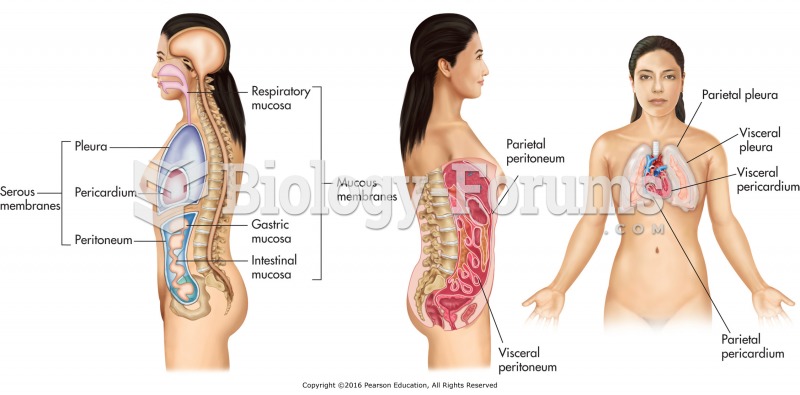Answer to Question 1
Correct Answer: 3
Rationale 1: The gastrointestinal system is not a difficult location to reach with antibiotic therapy.
Rationale 2: The integumentary system is not a difficult location to reach with antibiotic therapy.
Rationale 3: The central nervous system is the most difficult location to reach with antibiotic therapy because many medications have difficulty crossing the bloodbrain barrier.
Rationale 4: The lungs are not a difficult location to reach with antibiotic therapy.
Global Rationale: Infections of the central nervous system (CNS) are particularly difficult to treat because many medications are unable to cross the bloodbrain barrier to reach the brain and associated tissues.
Answer to Question 2
Correct Answer: 2
Rationale 1: Mycins do not adversely affect the newborn's hearing.
Rationale 2: Aminoglycosides can adversely affect the newborn's hearing.
Rationale 3: Sulfonamides can have a genetic-related adverse effect, but they do not affect the newborn's hearing.
Rationale 4: Tetracyclines can affect the teeth in the newborn, but they do not affect hearing.
Global Rationale: Some antibiotics are readily secreted in breast milk or cross the placenta. For example, tetracyclines taken by the mother can cause teeth discoloration in the newborn, and aminoglycosides can affect hearing. Some anti-infectives are pregnancy category D, such as minocycline, doxycycline, neomycin, and streptomycin







